The original large aperture lens can be so small Fuji 50mm F2 evaluation
[PConline Review] Fuji XF50mmF2 R RW lens was released with the new color X-T2 and X-Pro2 at the beginning of the year. This is an equivalent 75mm medium telephoto large aperture lens, and it is also the portrait of the King XF56mmF1.2 R Step version. The XF50mmF2 R WR lens has been able to meet the requirements of a wider range of users. This lens also has the protective properties of splashing water, and whether the actual performance is a force, we started the following evaluation content.
First, after the first evaluation
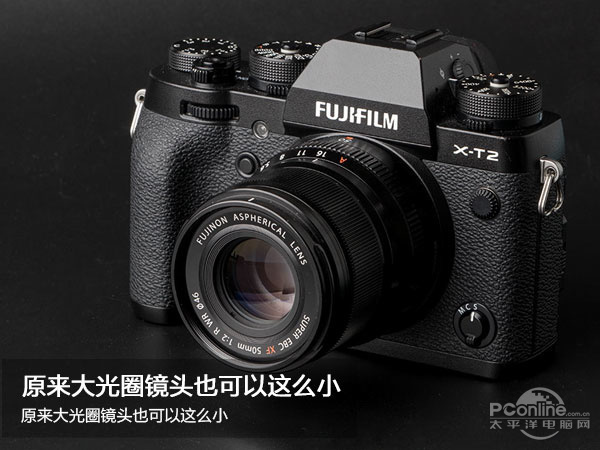
Fuji XF50mmF2 R WR Lens Reference Price: Loading... Image Reviews Quote Parameter Overview
Fuji X series single-electric camera has developed for so many years, and it has been relatively perfect in the construction of the lens group. There are introductory to high-end zoom lenses, and more are fixed-focus lenses with different focal lengths. This time, Fujifilm released the XF50mmF2 R WR lens as a supplement to the cofocal fixed-focus lens. After all, Fujifilm has introduced larger aperture versions, which have larger lenses and larger lens sizes. Also higher. The XF50mmF2 R WR lens takes a lightweight and cost-effective route to complete the corresponding shooting and makes the shooting process easier.
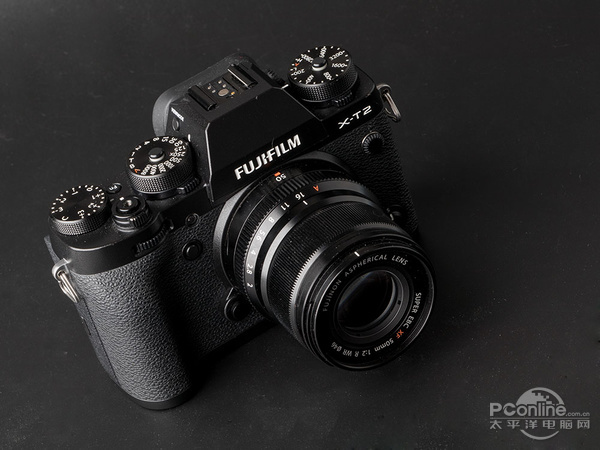
Although the Fuji XF50mmF2 R WR lens is a standard focal length lens, the lens size is very small. One of Fuji's lightweight lenses, but still using a metal case, Fujifilm introduced a number of F2 aperture fixed-focus lenses at this time, taking the lightweight route and the lens is very small. And it also has a protective design, the lens uses internal focus design, sealing is guaranteed, in the face of outdoor harsh environments have a certain degree of protection, and with a protective design of the fuselage XT series with a very good ride.
Second, Fuji XF50mmF2 R WR lens appearance characteristics
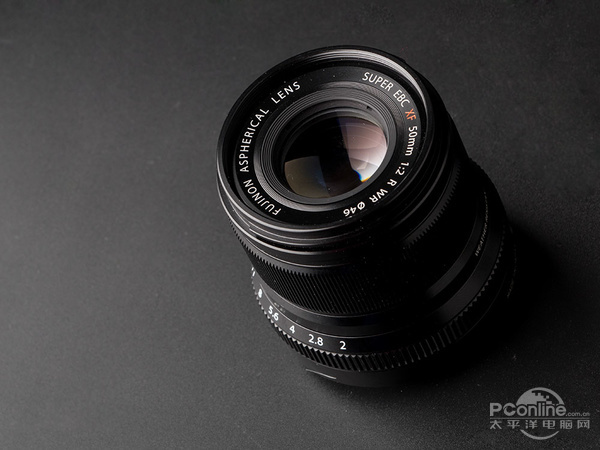
The lens profile of the Fuji XF50mmF2 R WR lens is the same as that of the XF35mmF2 R WR and XF23mmF2 R WR. The caliber of the front group is smaller and the caliber of the rear group is larger. The three lenses are more difficult to distinguish if they do not look at the logo. The overall size is miniaturized, the lens weighs only 200 grams, and after installation on the body, it will not feel a significant weight balance change. The setting of the fixed focus lens is not the same as the previous one.
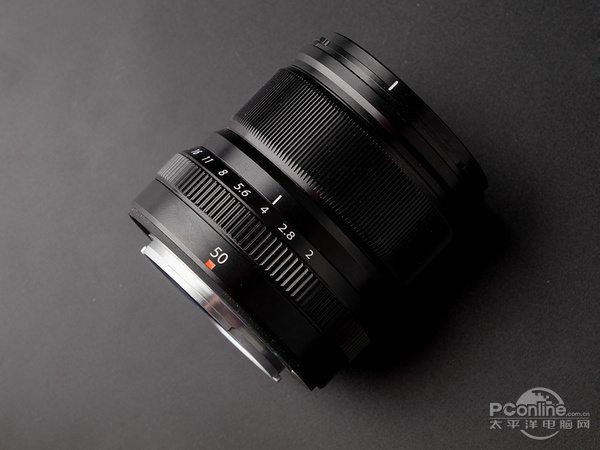
The Fuji XF50mmF2 R WRj lens uses an all-metal lens body design to provide a protective design. Therefore, the lens-swiveling ring joint is sealed and the inner-focus design is added. The overall lens seal is very high. The swivel is made of metal and has a dense tooth design. The damping and rotation feel is very good. The diaphragm of the aperture ring is very crisp, although it is an electronic aperture ring, but it has a mechanical ring feel, and Fuji's character is still very good.

The compact size is the biggest selling point of this lens, the lens size is 60.0mm x 59.4mm, one hand can completely hold it in the hand. Mounted on the body will not bring more burden, the volume is much smaller than the common medium telephoto lens. It is rare that the 75mm equivalent focal length can control the volume to such a small size.
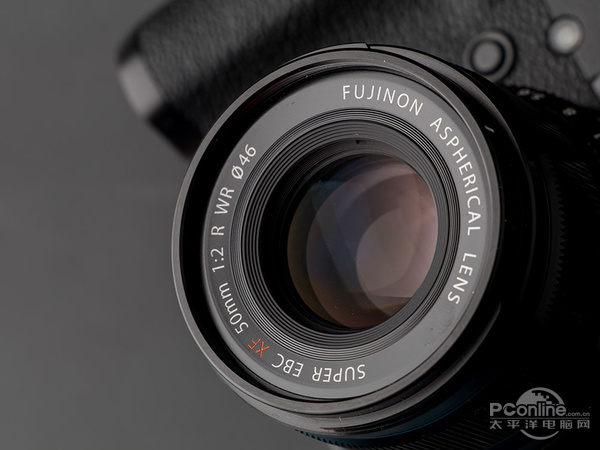
Fuji XF50mmF2 R WR lens uses 7 groups of 9 structures, including an ultra-low dispersion aspherical lens, the inner focus system driven by the stepper motor can achieve a quiet auto-focus function, the front lens and other Fuji lens, showing a blue and purple The coating color. With a 46mm diameter filter, the filter specification is relatively small and versatile, but it is compatible with the new Fujifilm lenses.
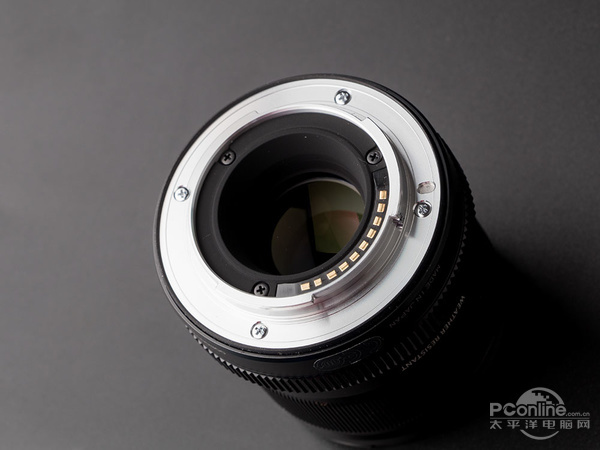
Fuji XF50mmF2 R WR lens rear group uses a metal bayonet, although this lens positioning is lower than the 50mm F1.2 lens, but the material is not ambiguous at all, the rear group lens has a sealed protection lens, ensuring the entire support lens The inner lens is in a sealed state, reducing the possibility of ash.
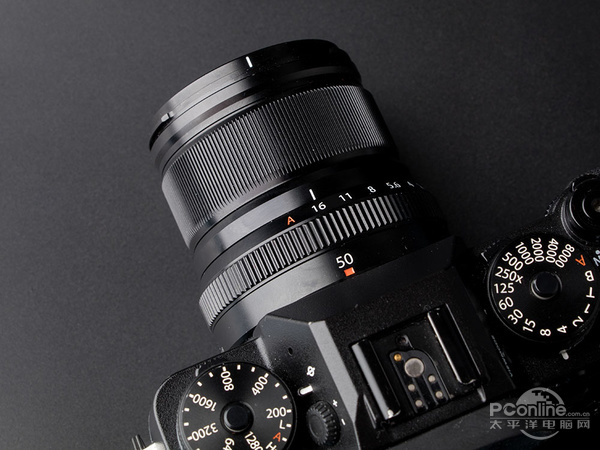
The exterior of the Fuji XF 50mm F2 R WR lens is made of metal parts and is very protective. It has dust-proof, splash-proof and antifreeze effects. It can be used at temperatures as low as -10°C and is suitable for shooting in a variety of harsh conditions. With the same protective X-T2 is the most appropriate.
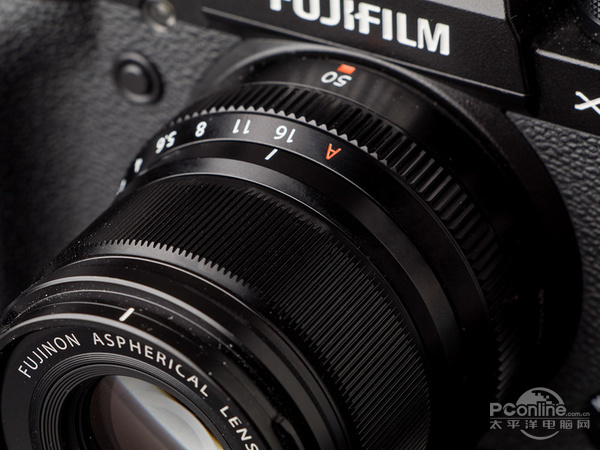
Fuji XF 50mm F2 R WR lens has black and silver two colors, for different colors of the fuselage combination will be more evenly matched. The all-metal mirror body and the metal body of Fuji's single-camera are also representatives of the texture camera.
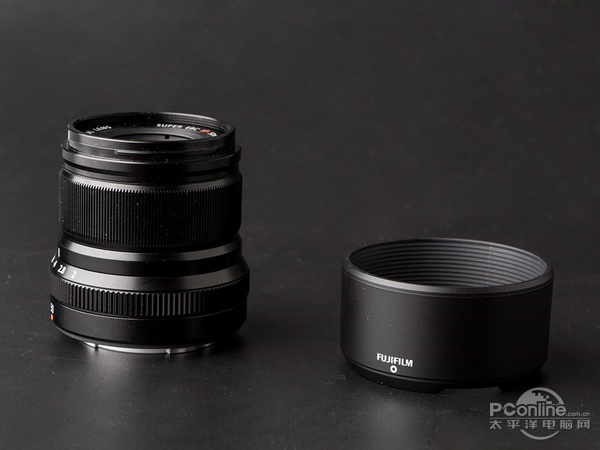
Fuji XF 50mm F2 R WR lens comes with a plastic hood, the hood and other Fuji lenses, the appearance of plastic spray treatment, the inside of the thread design, the volume is also very small. After the hood is installed, the whole will not be big.
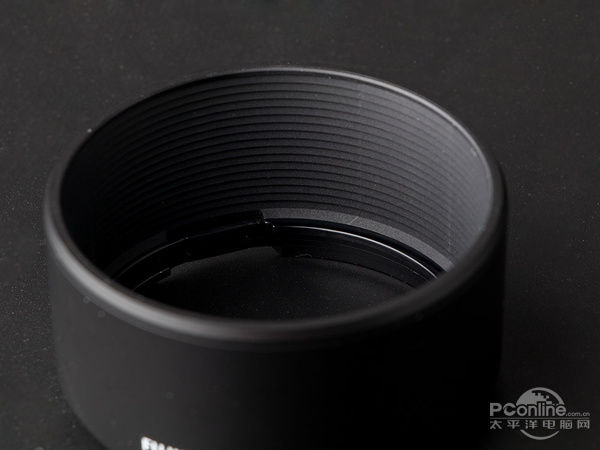
The inner side uses a matte inner surface and a threaded design minimizes stray light from entering the lens.

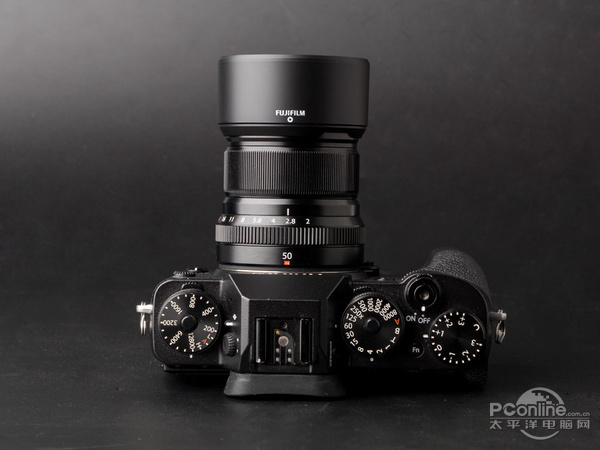
After installing the hood, the Fuji XF 50mm F2 R WR lens, which has a diameter similar to that of the rear group, does not make this lens mighty. On the contrary, it looks somewhat cute. The small points of sale remain after the hood is installed.
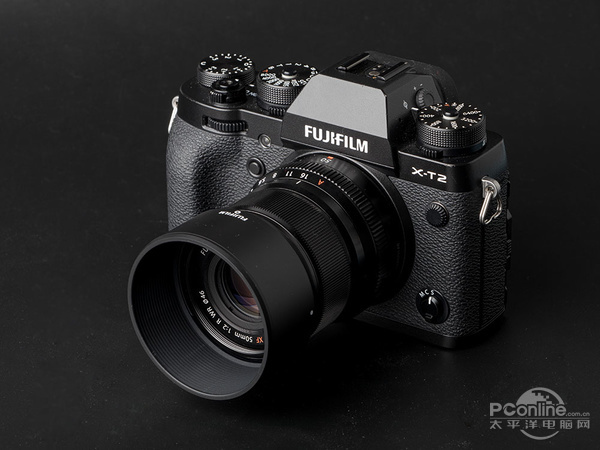
The hood of the Fuji XF 50mm F2 R WR lens is slightly different from usual when it is installed. The lens hood of Fuji's previous lens is not damped when installed, and it can be screwed on when it is loose. However, the hood of the Fuji XF 50mm F2 R WR lens has a damped feel. When rotated, the damping effect of the rotating focus ring is almost the same, and the hand feel is much stronger, and the high-grade feeling comes out.
Third, Fuji XF 50mm F2 R WR lens sharpness test

The following screenshot shows the red box as shown above
F2
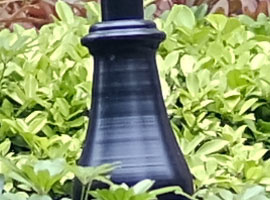
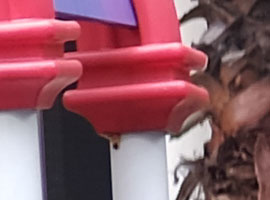 F2.8
F2.8 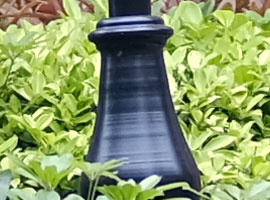
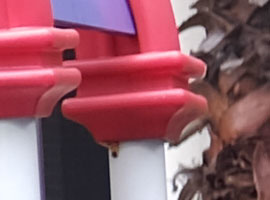 F4
F4 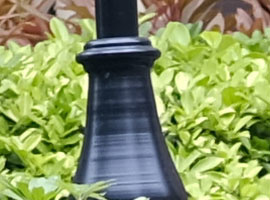
 F5.6
F5.6 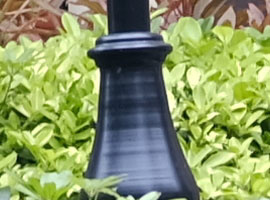
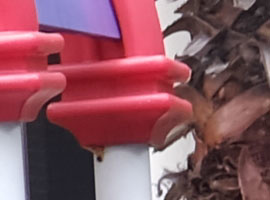 F8
F8 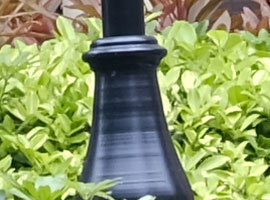
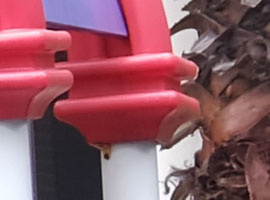 F11
F11 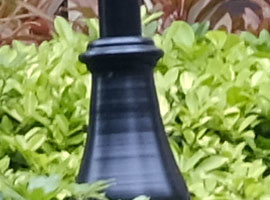
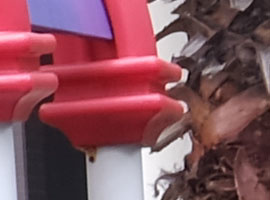
F16

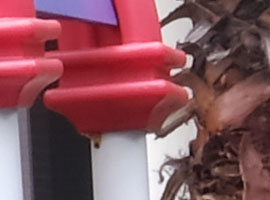
Fuji single-camera lens has a feature that the image sharpness is particularly high, which is also related to the use of the body without a low-pass filter. This Fuji XF50mmF2 R WR lens has a very good sharpness performance under the full aperture, in which the aperture F8 reaches the maximum sharpness. Under the maximum aperture F2 and the minimum aperture F16, the sharpness does not drop significantly, and the sharpness under different apertures is more balanced.
Fourth, Fuji XF50mmF2 R WR lens hidden corner test
Fuji XF50mm F2 R WR lens hidden corner test
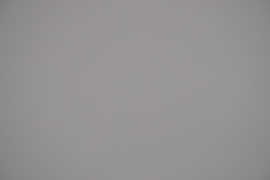 F2 F2.8
F2 F2.8 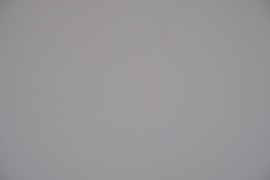
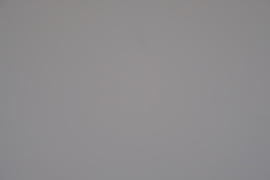 F4 F5.6
F4 F5.6 
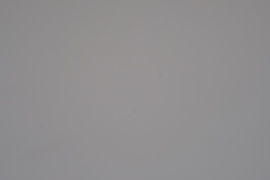 F8 F11
F8 F11 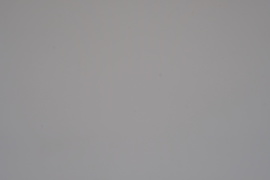
-
F16The loss of light at the edge of the telephoto lens is relatively rare, and the Fuji XF50mmF2 R WR lens has a slight vignetting at the maximum aperture, and there is no apparent vignetting condition after the aperture has decreased to F2.8. The edge loss of light is well controlled and there is almost no edge light loss.
Fifth, Fuji XF50mmF2 R WR lens background blur contrast
Fuji XF50mm F2 R WR lens bokeh contrast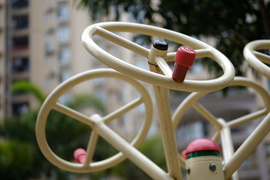
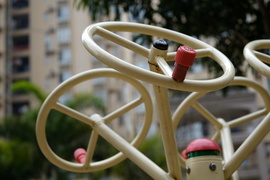 F2 F2.8
F2 F2.8 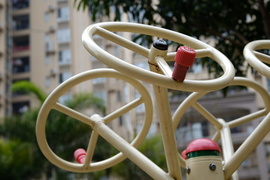
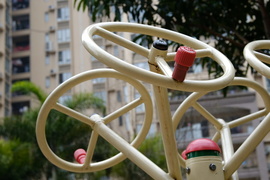 F4 F5.6
F4 F5.6 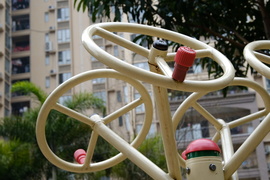
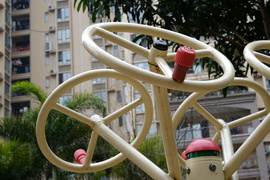 F8 F11
F8 F11 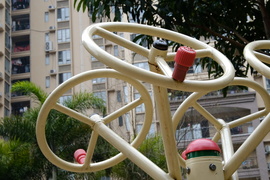
-
F16Fuji XF50mmF2 R WR lens as an equivalent focal length of 75mm focal length lens, the background blur ability is certainly not enough, close-up shot at a distance of about 1m, aperture greater than F8 has a more obvious background blur effect, sharp focus , Defocus soft and soft. General portrait close-ups, shooting with this lens can already meet the requirements.
Six, Fuji XF50mmF2 R WR lens proofs analysis
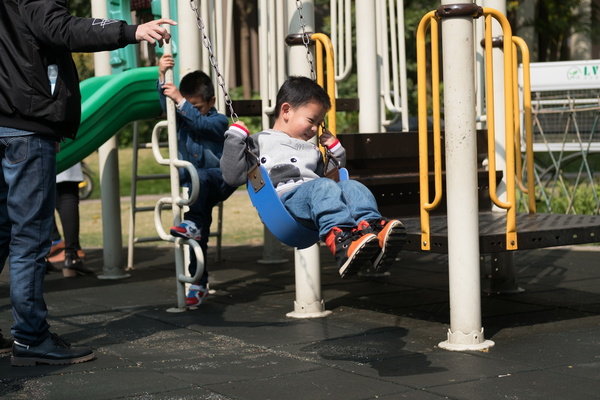
Aperture: F2.8 Shutter: 1/2048 sec ISO: 200 (Click to view original image)
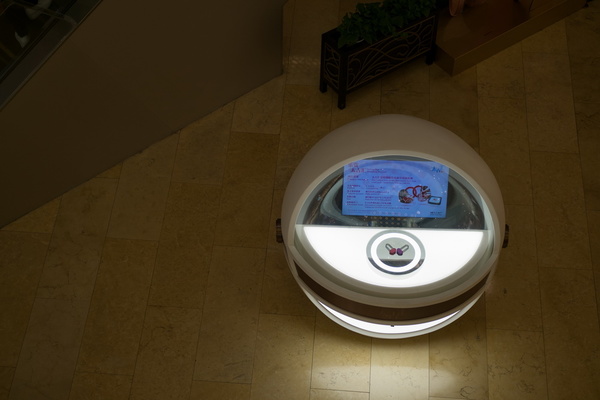
Aperture: F2 Shutter: 1/128 sec ISO:200 (Click to view original image)

Aperture: F2 shutter: 1/32 sec ISO: 400 (click to view original image)
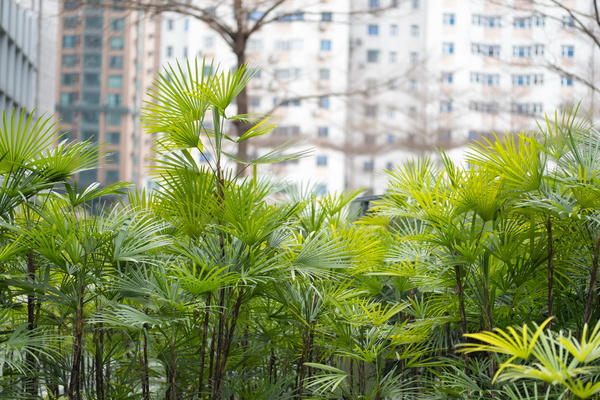
Aperture: F2 Shutter: 1/64 sec ISO: 100 (Click to view original image)

Aperture: F6.4 Shutter: 1/128 sec ISO: 100 (Click to view original image)
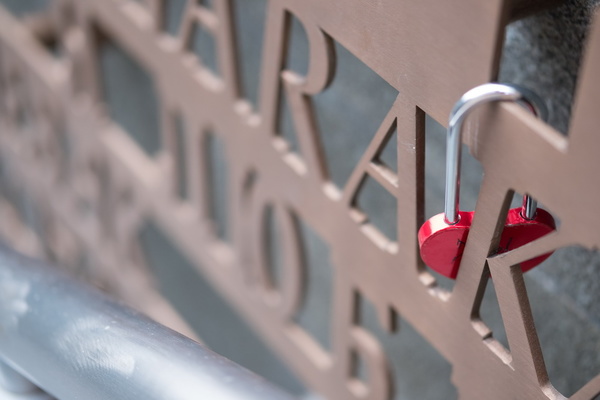
Aperture: F2 Shutter: 1/64 sec ISO: 400 (Click to view original image)
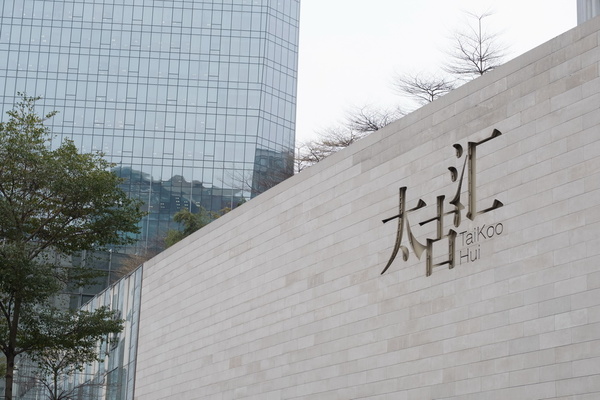
Aperture: F5.6 Shutter: 1/64 sec ISO:320 (Click to view original image)

Aperture: F2 shutter: 1/256 sec ISO: 320 (Click to view original image)

Aperture: F2 Shutter: 1/64 sec ISO: 100 (Click to view original image)

Aperture: F2 shutter: 1/64 sec ISO: 200 (click to view original image)
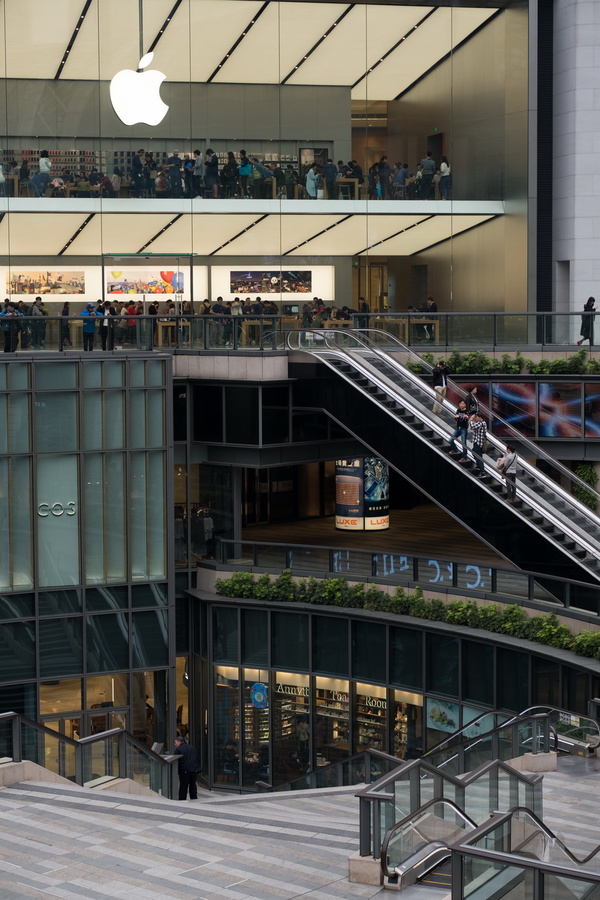
Aperture: F4 Shutter: 1/128 sec ISO: 320 (Click to view original image)
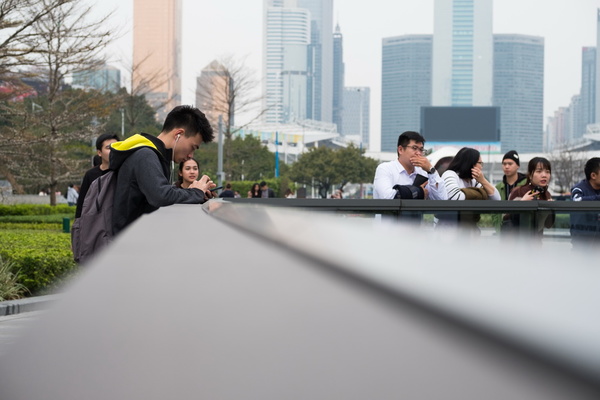
Aperture: F4 Shutter: 1/128 sec ISO: 320 (Click to view original image)

Aperture: F4 Shutter: 1/128 sec ISO: 320 (Click to view original image)
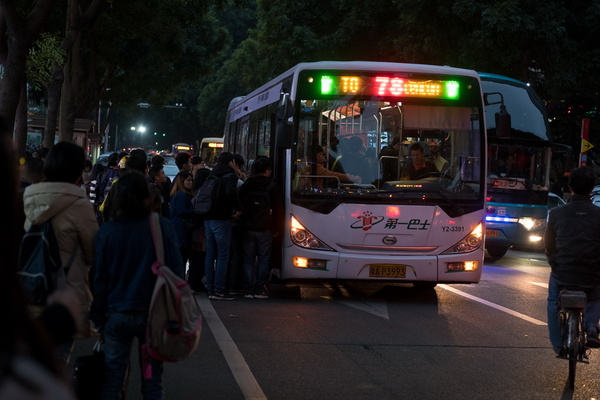
Aperture: F2 Shutter: 1/64 sec ISO: 800 (Click to view original image)

Aperture: F2 shutter: 1/32 sec ISO: 800 (Click to view original image)
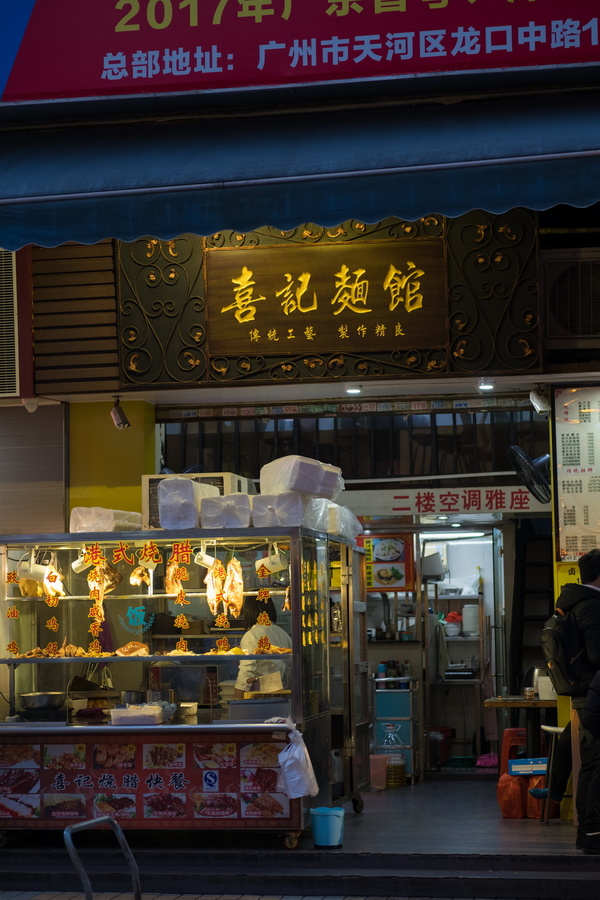
Aperture: F2 shutter: 1/32 sec ISO: 800 (Click to view original image)
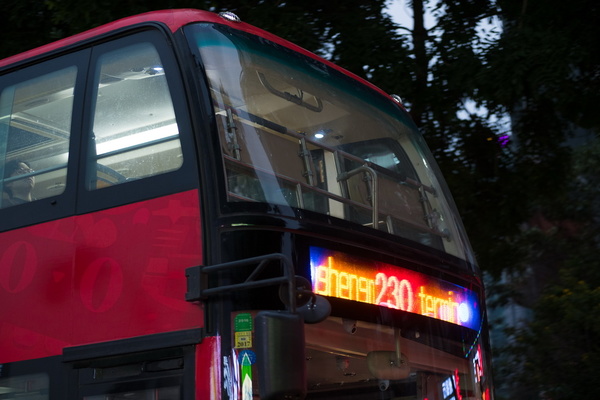
Aperture: F2 shutter: 1/32 sec ISO: 800 (Click to view original image)

Aperture: F2 Shutter: 1/128 sec ISO:800 (Click to view original image)
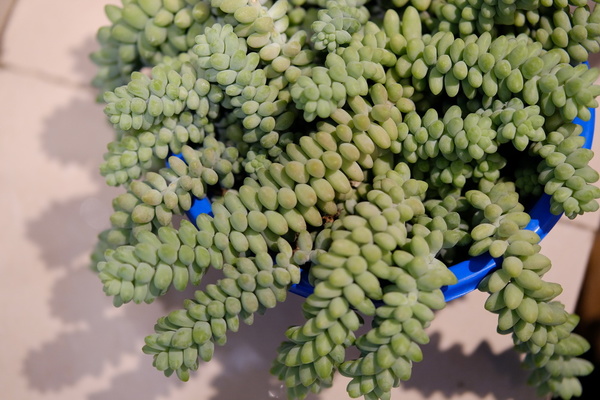
Aperture: F2 Shutter: 1/64 sec ISO: 800 (Click to view original image)
The equivalent focal length of the Fuji XF50mmF2 R WR lens 75mm is suitable for capturing or shooting close-ups at a distance. Sharp focus, soft focus outside the telephoto lens is a selling point. Coupled with the high-speed focus of the internal focusing system, capture has become the subject of this lens is best at work, with the Fuji X-T2 high-speed focus and 325-point focusing system. The success rate of capturing a dynamic object at a long distance is still very high. When used indoors or at night, it needs to be used with the body's high sensitivity. After all, F2's maximum aperture is not too large. There are certain requirements for light, and there is no larger aperture fixed lens for low light use. The limit is so small.
4. Sharpness is good
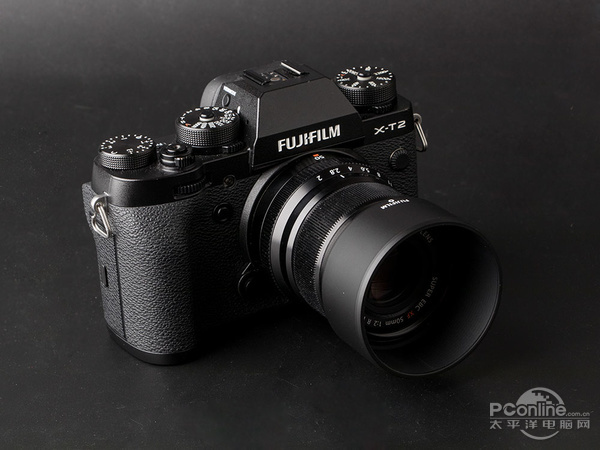
The Fuji XF50mmF2 R WR lens is one of Fuji's F2 aperture fixed-focus lenses. As a telephoto fixed-focus lens, the Fuji XF50mmF2 R WR has a higher volume advantage than the wide-angle focal length lenses of the same series. Lightweight and highly protective, it is suitable for use as a portable lens.
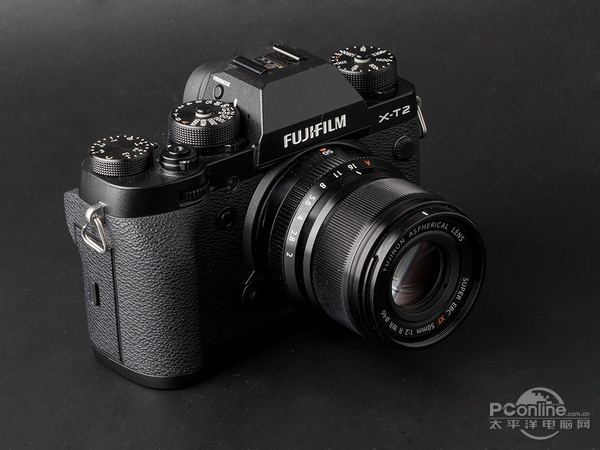
From the actual performance point of view, Fuji XF50mmF2 R WR lens imaging, as always, showed sharp features, focus outside the telephoto lens also has a unique soft effect. Although Fuji introduced the XF 56mm F1.2 R lens before, it is inconvenient to carry on the one hand, and the second is because the price threshold is too high and it is not close to the people. This Fuji XF50mmF2 R WR lens is just XF 56mm F1.2. A supplement to R.
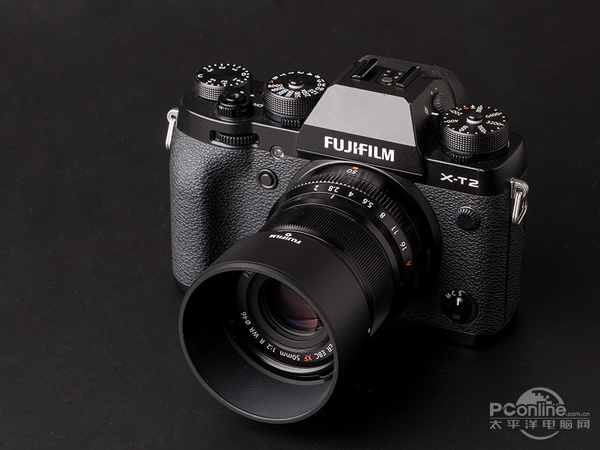
Fuji XF50mmF2 R WR lens is priced at 3,000 yuan, compared to the price of 6,000 yuan XF 56mm F1.2 R lens, a full half cheaper, the largest aperture F2 although not easy to use in low light, but in exchange for Cheap and portable. Most of the time can also meet the needs of close-ups. With X-T2 can constitute a highly protective camera combination. However, the compact size is more suitable for the X-T20, making it a compact and portable portrait.

Fuji recently introduced the XF35mmF2 R WR and XF23mmF2 R WR, XF50mmF2 R WR F2 aperture lens, the current three lenses have formed a series of commonly used focal length, in addition to a large aperture outside the lens has a new portable high protection options for the user It is also a new choice and can be used with different lenses as needed. After so many years of development, the Fuji X-series single-camera lens group has also become very perfect. I believe that Fuji will bring more practical lenses to Fuji users in the future.
Fuji XF50mm F2 R WR lens sharpness test aperture center (screenshot one) edge (screenshot two)F2

 F2.8
F2.8 
 F4
F4 
 F5.6
F5.6 
 F8
F8 
 F11
F11 

F16

 Fuji XF50mm F2 R WR lens hidden corner test
Fuji XF50mm F2 R WR lens hidden corner test 
 F2F2.8
F2F2.8 
 F4F5.6
F4F5.6 
 F8F11
F8F11 
-
F16 Fuji XF50mm F2 R WR lens bokeh contrast
 F2F2.8
F2F2.8 
 F4F5.6
F4F5.6 
 F8F11
F8F11 
-
F16 Fuji XF50mm F2 R WR lens advantages and disadvantages summary advantages and disadvantages4. Sharpness is good
10 Layer PCB Stack Up thickness, Design and manufacturing
Usually, 10 layer PCB is HDI PCB board, but some are not.
10 Layer PCB Stack Up And Design
Regardless of the number of layers constituting the circuit board design, pad spacing, clearance, trace widths, copper weights and drill hole sizes must be tailored to your contract manufacturer (CM). If your design requires multiple layers, you need to consider additional DFM specifications for signals through vias, power and ground wiring, and PCB stackup.
For 10-layer PCB manufacturing, it is necessary to determine the number of layers, their arrangement or stacking, and the type of material. These choices require coordination between thickness constraints; material parameters; such as dielectric constant, thermal expansion coefficient and electrical strength; signal type isolation and drilling options. For PCB assembly, wiring options and their impact on welding process are very important. The function of CM limits the choice of vertical aspect of design.
When your PCB needs six layers of routing, you should choose to use ten layers of PCB. Because ten-layer circuit boards usually have six signal layers and four planes. Of course, we do not recommend the design of more than six signal layers on the 10-layer circuit board. Ten layers are also the largest number of layers, which can be easily manufactured on 0.062 inch thick sheets. Occasionally you will see a 12-layer PCB made of 0.062 inch thick board, but there are not many manufacturers who can make 12-layer circuit boards. Just right, besides making 10-layer circuit boards, we also have very rich experience in manufacturing 12-layer circuit boards.
High layer count boards (10 +) require thin dielectrics (usually 0.006 or smaller on 0.062 thick plates), so they are automatically tightly coupled. After stacking and wiring properly, they can meet all our goals and have excellent EMC performance and signal integrity.
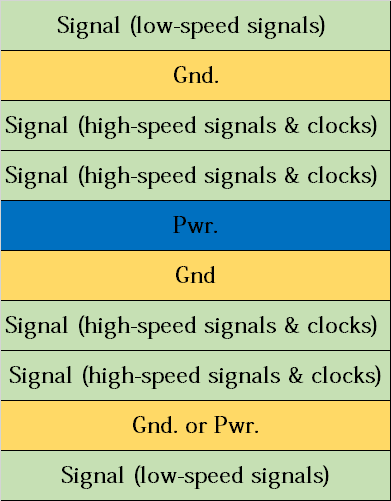
The reason why this stack has such good performance is the tight coupling between signal and return plane, the existence of high-speed shielding signal layer, multiple grounding layers, and tightly coupled power supply/grounding layer pairs in the center of circuit board.
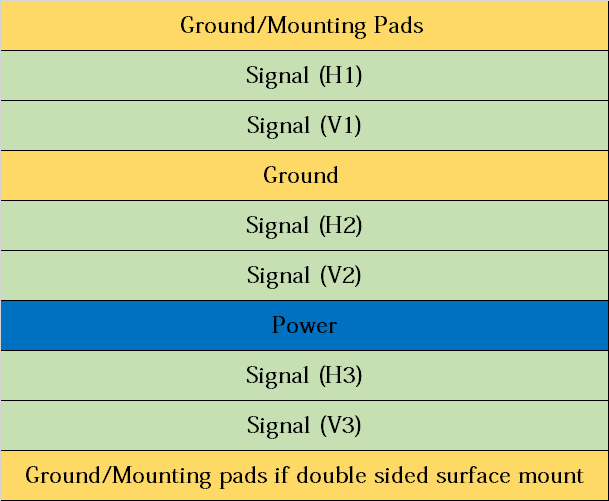
This 10-layer PCB stacking up method abandons closely spaced power/ground pairs. In return, it provides three signal routing layer pairs, shielded by the ground layer on the outer layer of the board, and isolated from each other through the internal power supply and the ground layer.
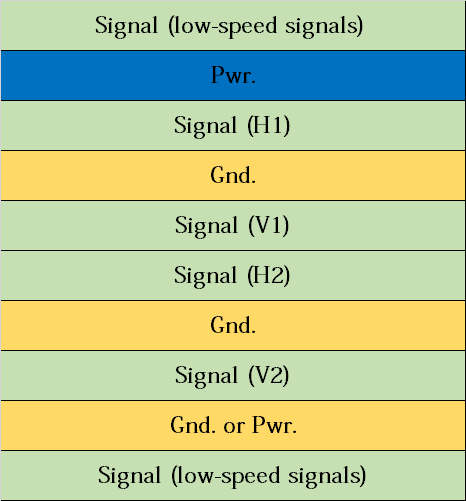
This 10-layer PCB stackup allows the routing of orthogonal signals near the same plane, but in the process, the closely spaced power/ground plane must also be abandoned.
In addition, we list some other stacking methods of 10-layer circuit boards for your reference.
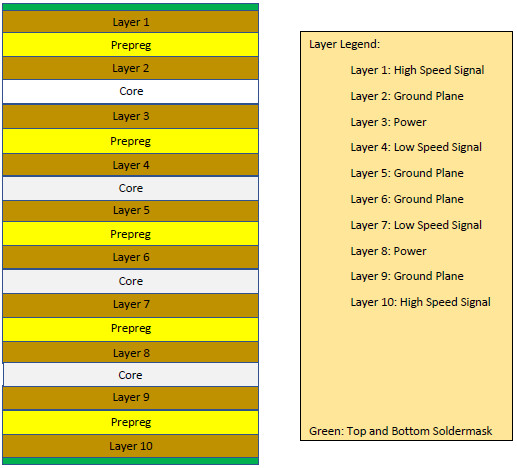
10 Layer PCB Thickness
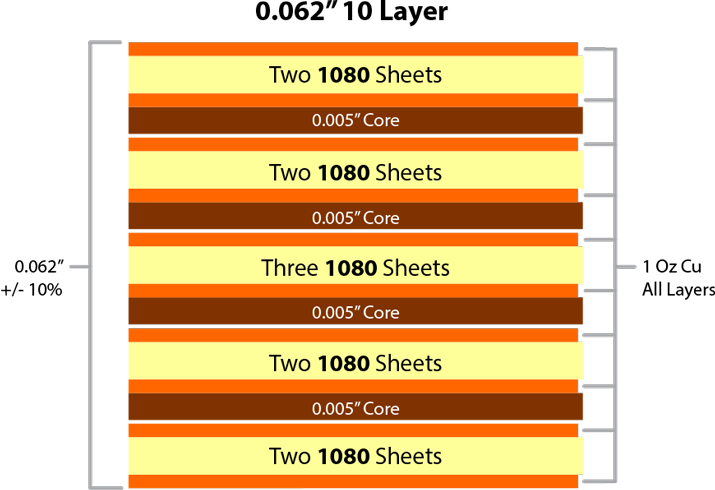
0.062''10 layer PCB stackup thickness
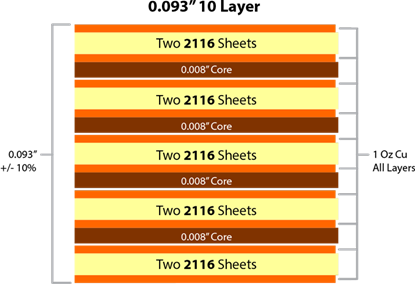
0.093'' 10 Layer PCB Stack UP thickness
10 Layer Stackup - 1.6mm thickness
layer order
layer name
material type
material description
dielectric constant
thickness
copper weight
1
top
copper
signal
0.035mm
1 oz
7630
prepreg
4.7
0.2mm
2
inner 1
copper
plane
1 oz
core
4.6
0.2mm
3
inner 2
copper
plane
1 oz
2116
prepreg
4.5
0.12mm
4
inner 3
copper
plane
1 oz
core
4.6
0.2mm
5
inner 4
copper
plane
1 oz
2116
prepreg
4.5
0.12mm
6
inner 5
copper
plane
1 oz
core
4.6
0.2mm
7
inner 6
copper
plane
1 oz
2116
prepreg
4.5
0.12mm
8
inner 7
copper
plane
1 oz
2116
prepreg
4.6
0.2mm
9
inner 8
copper
plane
1 oz
7630
prepreg
4.7
0.2mm
10
bottom
copper
signal
0.035mm
1 oz
Final board thickness: 1.6mm±0.16mm

10 Layer PCB Application
With the rapid development of today's increasingly complex multi-layer PCB, machines and equipment in various industries - commerce, industry, medicine, government, Aerospace - continue to grow in terms of speed, capacity, compactness and ease of use.
8, 10 and 12 layers of multi-layer PCB are useful in many high-tech equipment and computer systems. In recent decades, the development of multi-layer printed circuit boards has led to the rapid development of computer technology - from the previous Gigabit system to today's GHz machine.
Especially 10-layer PCB, which is widely used in the following industries: Preamplifier, Satellite Dish, GPS Tracking Devices, SAN Storage, AC Drives, GSM Signal Booster, Mobile Broadband Router, Inverter 220V, Memory Module, Automotive dashboards
Cheap 10 Layer PCB manufacturing services
For customized printed circuit boards, our 10-layer PCB offers the fastest turning time for the best price we can offer. For on-demand pricing and ordering of your next printed circuit board project, you can contact our online customer support or send us an email to get 10-layer PCB quotation immediately.
Printed Wire Board,Custom PCB Board,10 Layer PCB,10 Layer PCB Stackup
JingHongYi PCB (HK) Co., Limited , https://www.pcbjhy.com
